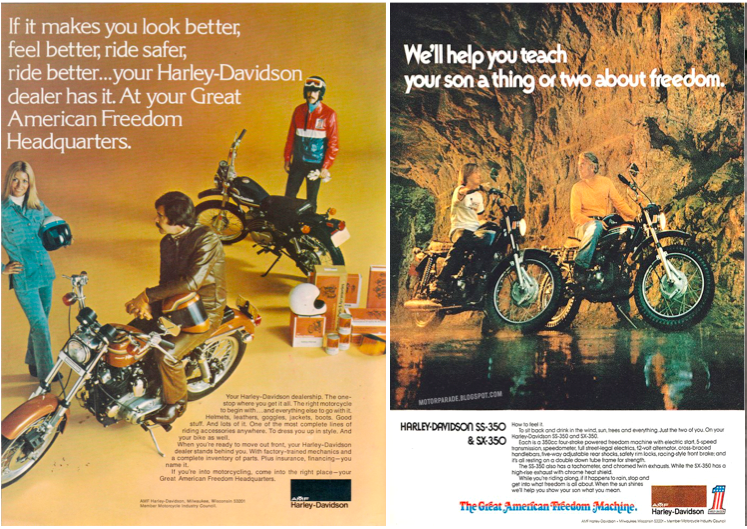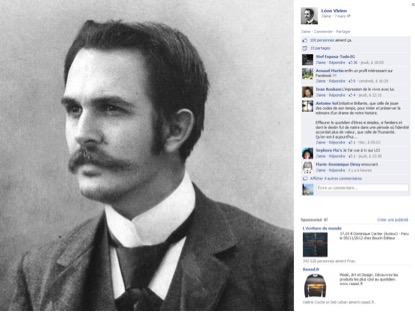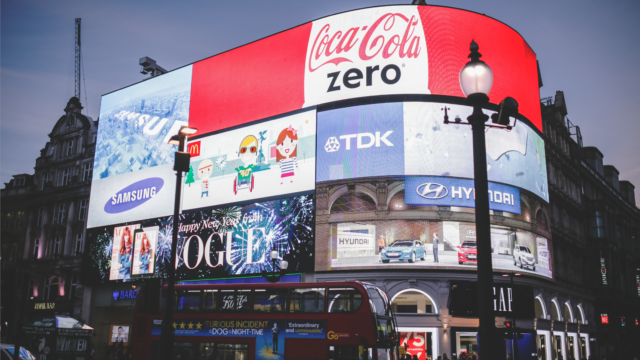STORY TELLING
Definition, purpose and evolution, from advs to social stories.
What is story telling and why is it becoming more and more important in business?
The most common definition of story telling describes it as the art of telling or writing a story. Every social group from primitive cultures to the civilized ones built their cultures starting from a tale. Different kinds of stories arrive to us from the past and still today, they have the power to influence our behaviors: myths, epical tales, legends and fairy tales. What do they have in common? At a first glance we can answer: characters, objects, eerily familiar situations.
Around the 4th century b.c, Aristotle defined all the elements of tragedy and later in 1949 Campbell, a mythologist, traced the secret architecture of the story describing its universal patterns in“The Hero with a Thousand Faces”. But why are there recurring elements in different stories? The structure of a story, or archetype derives from the way in which the human mind perceives reality and reacting to chaos and lack of meaning tends to order it at unconscious level. Story telling develops from the need of our minds to organize experiences and make sense of it. The stories then organize the events and facilitate their understanding.
All stories have in common:
- A sequence of events
- A problem to be solved, a critical fact.
- A difference between the initial and the final situation.
- The sense of the story, the moral.
Every time we tell a story, we create a world. We create an order of meaning that gives shape to the things around us. In a way storytelling gives us confidence and make us feel more sure in a world we can understand.
The story telling creates representations on different planes: textual, visual and sound. In these plans the teller (the author) invites people (readers and customers) to share a destiny is not by chance that the root of the word ”author” comes from the Latin augeo, which means “increase” and that it is also the same root of auctoritas which means “authority”. Stories have the power to give us emotions and inspire a transformation. They activate a process that leads to reflection and action, both individually and collectively. This is where their power (authority) is affected by their ability to influence people.
The importance of story telling is visible in different domains: from politics, where story telling is crucial to push towards a party or an exponent (famous the stories “Yes we can” by Obama or “Make America great again” by Trump) to religion (Bible, Quran, Talmud are all collections of stories). More recently in psychology where the idea that our identity is a script, a kind of screenplay within which we define ourselves and the other co-protagonists or extras is increasingly shared (what character are we playing? What is the story of our life? What role do others have in our lives?).
The evolution of story telling in economy is particularly significant. Within a company, internal communication is the base of the organization. Stories of teamworks of the origin or of talent of the founder, or of significant events create a relationship with employees. In the external communication, story telling is crucial to create the perception of a product or a company and to build the relationship between brand and customers. So much to become the most used and sought after marketing tool even in the digital era.
There is an interesting experiment that explains how much a story can affect the value of a single object. “Significant Objects” is an anthropological experiment lead by Rob Walker and Joshua Glenn which demonstrated objectively the effect of narrative on the selling of an object. Some items of common use, mostly of the thrift store and of poor value (purchased at 1or 2$), were auctioned on eBay. Each item was proposed through a tale in the place of the usual description (over 200 writers contributed to the experiment) and surprise, the final selling price of each object ranged from 20$ to 125$, which was several times their original costs. The entire sale of all of them were nearly $8,000.00 in total. Every story gave a special value to each item.
Story telling Evolution
The use of story telling came to be more frequently used by businesses after the 1960s. Between the 1970s and 1980s, advertising production and consumer exposure reached unprecedented growth bringing the public to saturation. Creative directors had to find new forms of communication by shifting the focus of an advertising message from the characteristics of a product to a story in which the product was only one of the elements. This was instrumental in identifying a lifestyle or achieving a status.
Some examples at that time are:
Harley Davidson
The American motor company has founded its communication on the values of freedom and adventure. “The Great American Freedom Machine” is an amazing tale with characters with different personalities who all share the same passion. Years before the over-use of the word “community”, Harley Davindson created a close-knit group, people with different age, culture and position all sharing the Harley Davidson lifestyle.

APPLE – The launch of Macintosh
A little dated but always beautiful. The video for the launch of Macintosh, in which the pleasure of references is almost equal to that of the video itself, was presented at the opening of the Super Bowl in 1984. The story is inspired by the book“1984” by George Orwell, which tells of a society oppressed by a dictator, the Big Brother, where ordinary people are all homologated without any possibility of expressing their individuality. In the video, people are all dressed equally in a gray world while they are looking to a projection of a Big Brother speech, when a young rebel woman (the only one in color) evades the police, throws a bat and destroys the screen freeing everyone. In the spot the Big Brother is actually the alterego of IBM, which at that time dominated the industry, while Apple was the rebel company. The Macintosh becomes the symbol of freedom and creativity and in the spot figure only on the shirt of the woman impersonated at the time by a weight throwing champion Anya Major. Under the direction of Ridley Scott (who had just shot “Blade Runner”, another film symbolizing the unconventional), the spot ends with “Why 1984 will not be like 1984”: what’s else to tell everyone that this is a disruptive innovation?
Story Telling today: 3 examples from video to social pages.
The technology has provided the story telling with a wide range of elements to spread more and more in different styles and shapes. From videos on Youtube to 15 sec. stories on Instagram, the concept remains: story telling invents a world, creates a relationship, spreads an idea.
Airbnb – Brand Story
Airbnb story, “Belong Anywhere” is based on the universal and shared need to feel at home wherever you are. Far from the clichés of the pictures of vacation spots rather exploited in the hospitality business in the storytelling of Airbnb, the dimension of the acceptance is the protagonist. “Belonging Anywhere” creates a “welcome culture” between hosts and guests that is told in visual stories and videos with at the center ordinary people of different nationalities who feel like locals and not aliens. It no longer matters where, but whom. The story that is on the social pages or on the site or on Youtube is consistent and is repeated with a variety of situations keeping the same aspects and emotional sides.
Gucci
A school example of how to reinvent a brand and attract attention, in recent years Gucci has created a unique relationship with Gen Next cohort, which perhaps no one has understood as their creative director Alessandro Michele. With an impressive amount of content from videos to posts to stories, Gucci delivers to its followers a magical and almost dreamlike fashion world founded on inclusivity, in an artistic delirium involving art personalities, of cinema and music and with a continuous contamination of eras and cultures. From the collaboration with Trevor Andrew graffiti artist and DJ, for #Gucci Ghost campaign in 2017 to the recent ones with Sienna Miller, Iggy Pop, Benedetta Barzini for #ComeAsYouAre Cruise campaign 2020, the brand is not only a storyteller but an editor that everyone, whether they like the brand or not ends up looking at.

MUSÉE DE LA GUERRE DU PAYS DE MEAUX – FACEBOOK 1914
It is a campaign to raise public awareness and not to forget the events of the war ‘14-’18 and to promote the museum to a young and social audience. The aim was to make young generations to revive the conflict through a story that could involve them. The idea is simple: if Facebook had existed in 1914, what would young people forced to go to war have posted at the time? And so the museum decided to communicate through the facebook profile of Leon Vivien, a young teacher who enters the army. Leon Vivien’s facebook page simulated the life of a French soldier day by day for 10 months: Leon posted what was happening in his life and on the battlefields with texts and images taken from the museum archives. In the end Leon died but his profile was followed by 60,000 followers and collected over 5000 comments while the flow of museum visitors grew by 45%.

To conclude, story telling is the most powerful means to entertain, intrigue and get in contact. If you want someone to listen to you, be passionate about your product or follow you, you just have to tell a story!
published at http://www.medium.com on March 25, 2020.











Comments are closed.